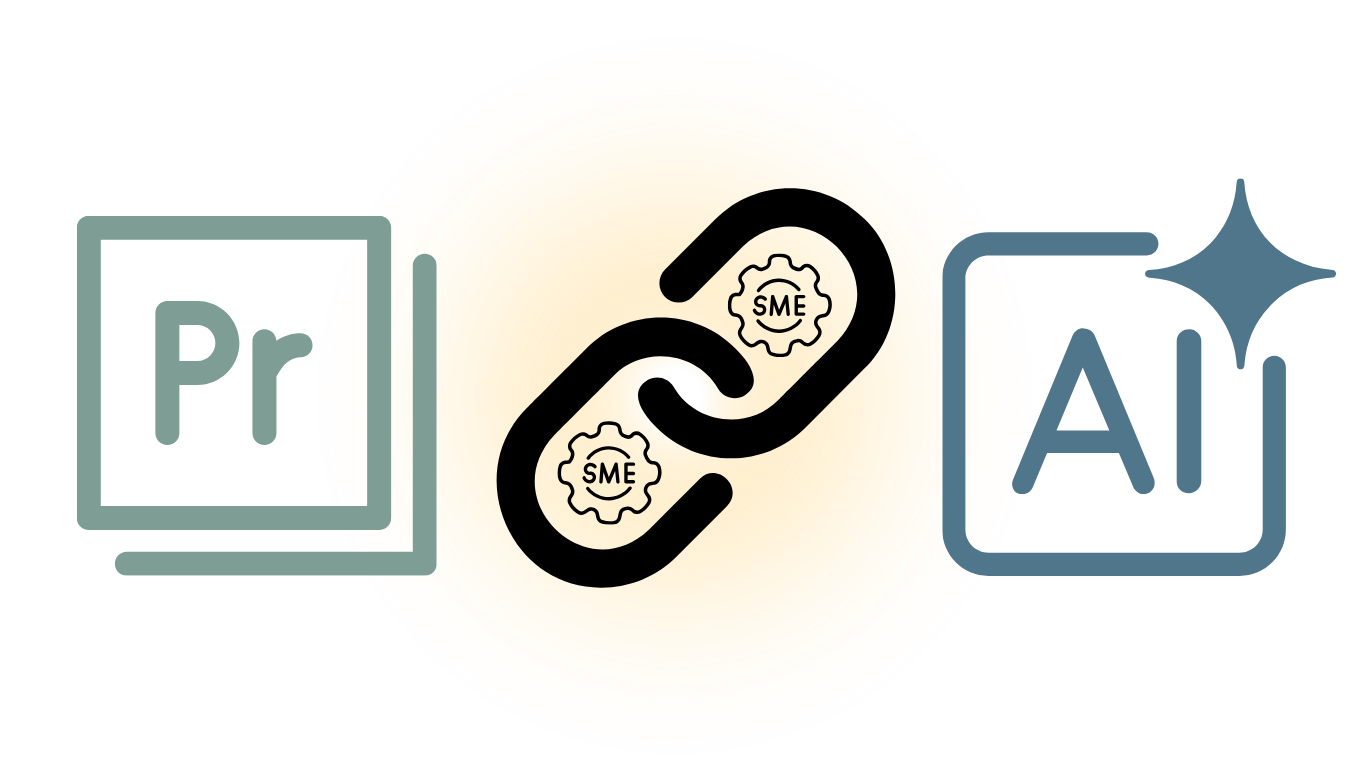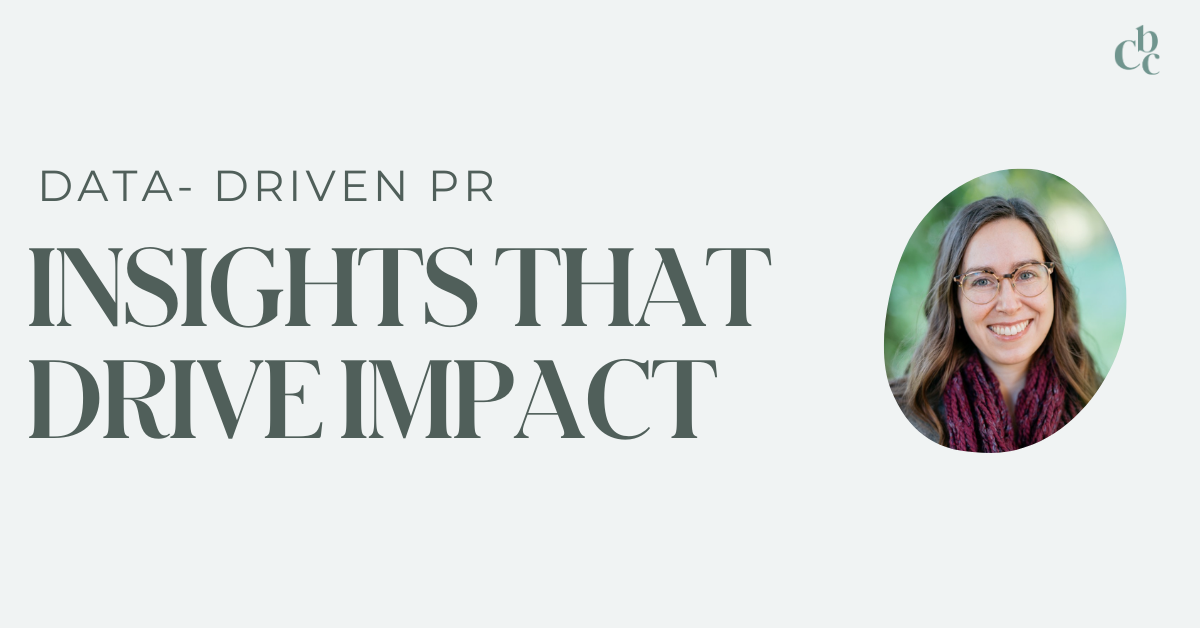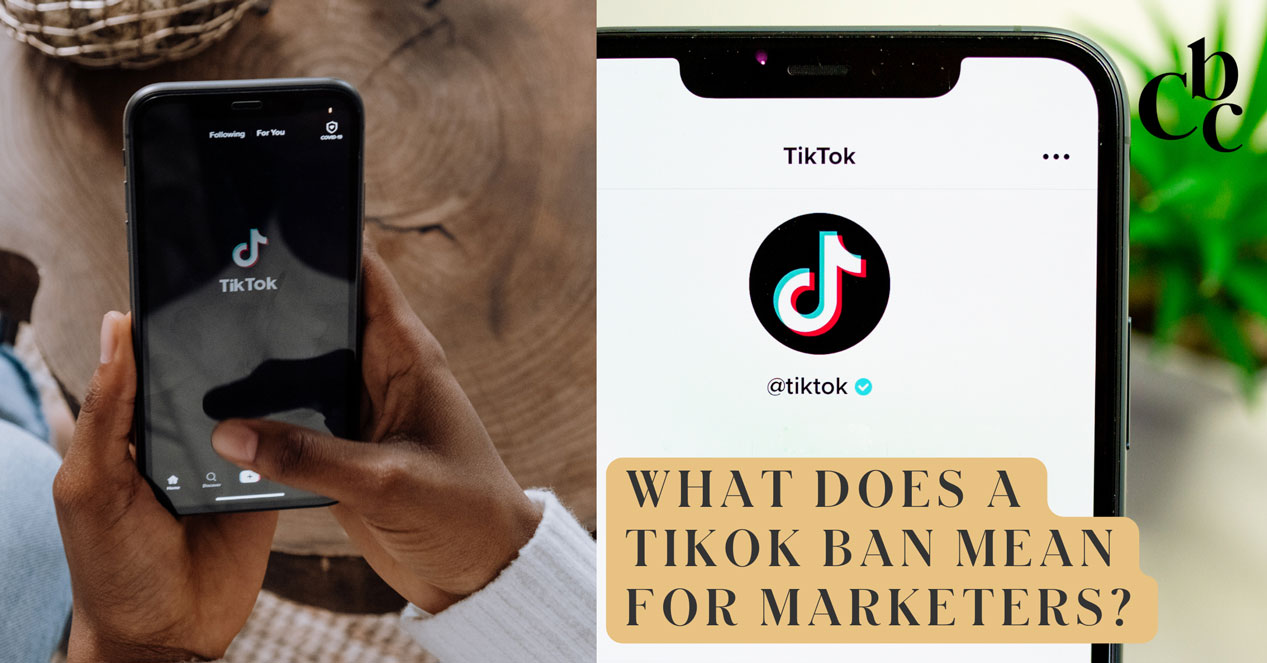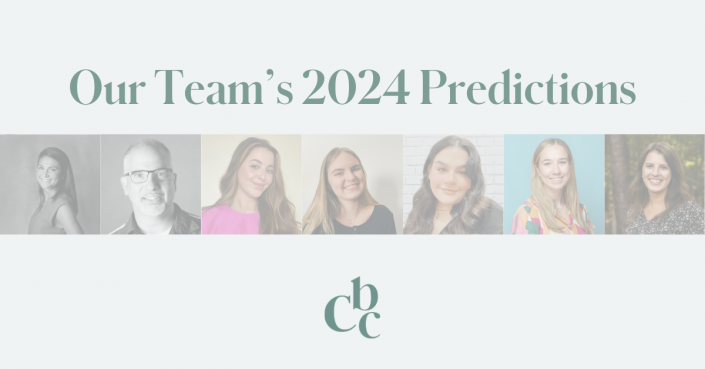Are You Listening? 4 Ways to Use Social Listening to Inform Your Marketing Strategy
There’s no denying that the world of social media is massive. From 2017-2018, a new social media user was ‘born’ every 10 seconds, and as of January 2019, there are over 3.3 billion active social media users. That makes for a lot of chatter—and a lot of chaos if you’re not listening carefully.
To make sense of all this content clutter, it is essential for brands to not only look at the rising number of social users, but listen to the voice behind each user. Fail to listen to what your customers are saying online and you might be missing major consumer insights that will not only strengthen your brand’s product or service, but also your brand’s digital presence. Thankfully, there is a method to harness the power of these digital conversations in order to use them to your brand’s advantage: it’s called social listening.
Social listening is the process of monitoring online conversations for brand mentions, competitors, and keywords, then strategically putting these findings into action to increase brand awareness, affinity, and even expand your customer base. It sounds pretty good, doesn’t it? So how do we at CBC practice social listening? How do we help our clients take the conversations around their brand and turn them into meaningful insights?
1. We listen to better inform how we interact with our client’s community
It’s important to manage a social community by responding to messages and acting as the front line of our clients’ customer service teams on their social channels – but we don’t stop there. That would be just one piece of the pie.
Social listening is about extending this monitoring to what people are saying about the brand outside of its social channels. It could be consumers considering to purchase a brand’s products, people sharing advice in an online forum, people reacting to an article they read on a brand, the list goes on. And most importantly, these are most likely conversations where they haven’t tagged a brand directly but are talking about the brand. So how do we use these insights? These people have likes, dislikes, values, and identities that make them undeniably unique. And they will tune out a brand—or worse, lose respect for them—if a brand doesn’t relate to their interests.
By paying careful attention to how a brand is being perceived, we are able to derive valuable consumer insights and make smart decisions for our social media content strategies.
2. We listen to identify influential community members who can impact purchasing decisions
In 2018, Convince and Convert’s annual Chatter Matter Report found that 83% of Americans are more likely to make a purchase after a friend recommendation. So that means what customers are saying about your brand is more powerful than ever!
As influencer marketing takes shape to be the digital version of word-of-mouth marketing, social listening is a great way to identify brand advocates and give them the spotlight they deserve. 74% of people trust social networks to make a purchase decision so leveraging those brand advocates to talk about your brand on social media is crucial.
At CBC, we use social listening to inform and measure effective influencer marketing strategies. As the digital space continues to change at lightning speed, it’s a great way to keep up with who is talking about your brand and the influence and impact they have on the conversations surrounding the brand.
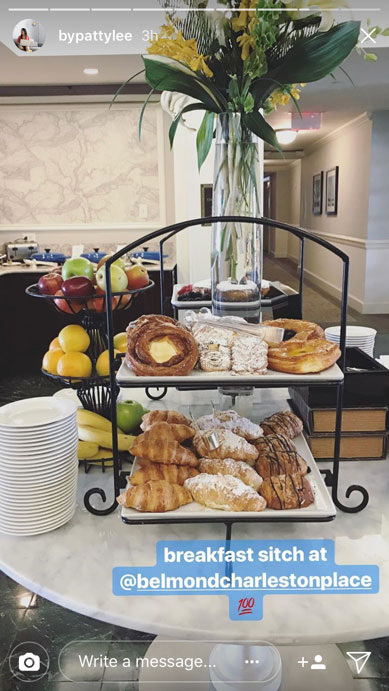
3. We listen to keep a pulse on competitors and stay one step ahead
It’s no secret that social media is a competitive space. And because of all this clutter, it has become harder and harder to take up a piece of mindshare in a potential new customer’s head. Thankfully, with social listening, it’s possible to keep a finger on the pulse of what our clients’ competitors are doing to make sure maintaining a share of voice.
With social listening software, we’re able to measure what percentage of the conversation our clients are owning and which areas of opportunity are there for the taking. We can also compare how our social strategies stack up to our competitors and identify areas for improvement – whether that’s tweaking product messaging, expanding or modifying a client’s presence on a social channel, or taking on a new approach to content all together.
4. We listen to understand trending topics in the industry
Though it’s imperative to have a close relationship with a client’s online community, it is just one component of an entire industry conversation that should be followed just as closely. Sprout Social, a social media tool we use at CBC, said it best in a recent blog. “Social listening helps you pick up on industry trends before they even become trends. By getting a sense of where your market is headed you can create products, content and general messaging that will become a key talking point as trends develop.”

At CBC, we know that staying ahead of an industry trend is a key component of cultivating more meaningful conversations within a client’s tribe, but the real value to us is in sharing these insights with our clients to help better inform their business strategies. Bringing these insights to the table and having constructive conversations around them is how we truly become an extension of the brands we work with.
There’s an old adage that says we have one mouth and two ears because it is more important to listen than to speak. Wouldn’t you agree this translates to today’s digital age? The powerful insights social listening provides are only limited by how much you are willing to listen to what the data—and your customers—are saying.
Are you interested in adding social listening to your brand toolbox? Contact us here for more information.


